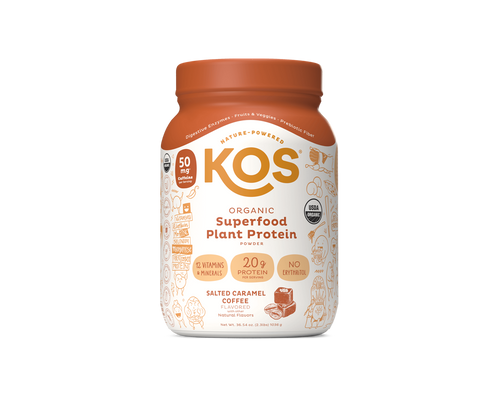Table of Contents
Plants are beautiful, generally green, and the shepherds of Life on Earth. Think about it. From bacteria to trilobites to hedge fund managers, living things consume, burn, and radiate energy. That is the very definition of a living system, and the reason we walk around as well-dressed 98.6 degree torches—until the instant we leave this mortal coil, at which point our bodies start cooling off in a hurry. Energy is Life. Literally.
Nuclear Furnace of Life
Where does all this Life Energy come from? Does energy originate in the Earth’s system? Nope. Earth’s lifespark enters from outside our system, courtesy of our neighborhood star. The sun is a firehose of energy, fortunately.

formerly cold, dead rock comes into her own
For about 4.6 billion years she has been ceaselessly pouring her riches all over our helpfully rotating, rotisserie-like little planet. And the riches are not in short supply. Every single hour, the sun’s potent radiance paints the Earth with enough energy to sustain humankind’s needs for a year. Read that again.
Animals Eating Starlight
Now, a sun can throw madly unmediated energy at a cold wet rock for a million eons, and what do you get? A warm wet rock. Energy needs a mechanism to feed, to put it as unsentimentally as possible.
So here’s a nutty idea—how about an ingenious (and generous) mediating force that eats the raw energy of the sun and turns it into stuff an animal can swallow?

{Marc Chagall, Le Grand Bouquet, 1963}
Boring ol' plants are exactly that miracle mediator.
Over unimaginable stretches of geologic time, a plant kingdom has arisen on Earth that handily eats sunlight and chemically jams the digested rays into energy-packed matter; stuff ready to be burned in the metabolic furnace of a living animal.
This is approximately as crazy as it sounds, and has the added benefit of being true.
This ability to eat the radiant light of our nearest star and turn it into metabolic gold is what makes Earth’s botany the largely unsung wonder that it is.
The green clumps that become lodged equally between your teeth and your golf cleats? It’s madly wondrous stuff, and the leafy foundation of our world’s food chain. You just can’t get the trilobite-to-hedge-fund-manager thing from sunlight alone.
Green and Gold and Leafy Kevlar®
All this radiant energy packs an unimaginable punch, to the good fortune of life on Earth.
Something that has long puzzled science is the plant kingdom’s ability to even withstand this solar body blow. What body blow, you ask?
The amount of sheer solar energy slamming ceaselessly into the Earth is explosively massive, the sun throwing off the equivalent of 100 billion one-megaton nuclear bombs every second.

{no ordinary rock. NASA portrait of the homeworld with pesky hurricane ever teasing the Baja Peninsula}
Not all of this unbroken outflow of energy strikes the Earth, but about 174 quadrillion watts does.
How is the plant kingdom, even as widespread as it is, able to take the influx without withering to nothing or bursting with radiant energy? A 2014 study in Denmark finally answered the question.
Absorbing the Sun's Blast for Your Benefit
It turns out each individual plant protein instantaneously disseminates the solar energy blast across the entire protein macromolecule structure, in much the same way a Kevlar® vest soaks up, disperses, and disarms the killing kinetic energy of an arriving bullet.
The beamed solar onslaught is effectively shared spontaneously through the whole of the lengthy and crazily folded protein from its entry point. So it is that the aggregate proteins that toil away in our world’s plant kingdom function as both a massive green shield against, and a life-feeding repository of, our well-meaning sun’s insane and constant bombardment of energy.

4.6 billion years is a lot of sun-block. Leave it to nature’s engineers to have figured out how to turn a bullet into a salad. That can’t have been easy.
Weeding Requires Genuflecting
From a certain (not terribly scientific) perspective, our plant friends could thus be compared to Rumpelstiltskin; the fiendish little guy in the folk tale who spends his days spinning straw into gold.
Plain, power-packed sunlight has been falling on our world through all its unimaginably vast geologic history, through all the Earth’s lost epochs.

{lilies of the field: apparently they both spin and toil}
And right there in the middle of the action—the lowly scrap of ancient moss, the Paleozoic blade of grass, the primordial leaf dappled with the blanched light of an ancient sun—is our aptly named Plant Kingdom, toiling tirelessly to turn our native star’s largesse into food energy for increasingly complex life.
Straw into gold is cool. But light into life? That’s the big deal.
So the next time you’re on your knees in the garden and happily working the soil, take a minute to realize what surrounds you.
And give that ragged weed you’re about to yank a little nod of thanks. Just make sure the neighbors don’t see.






